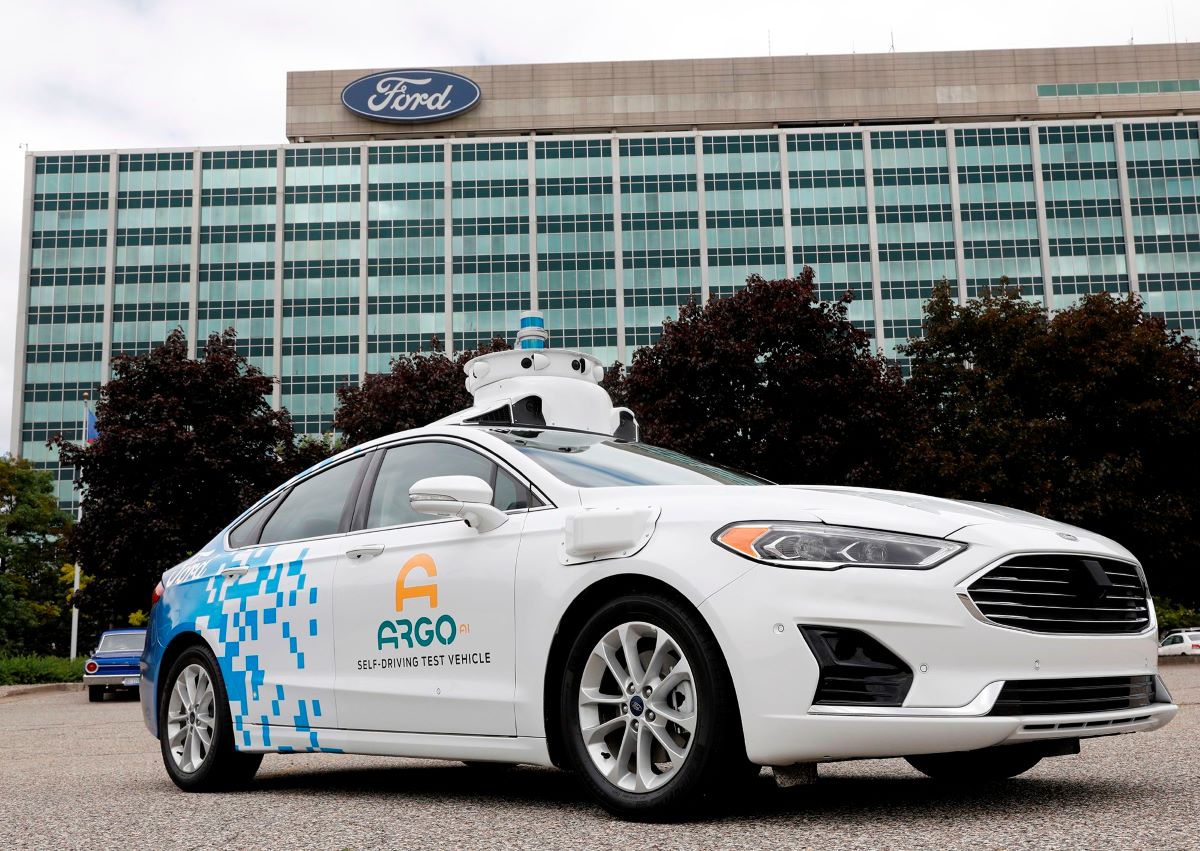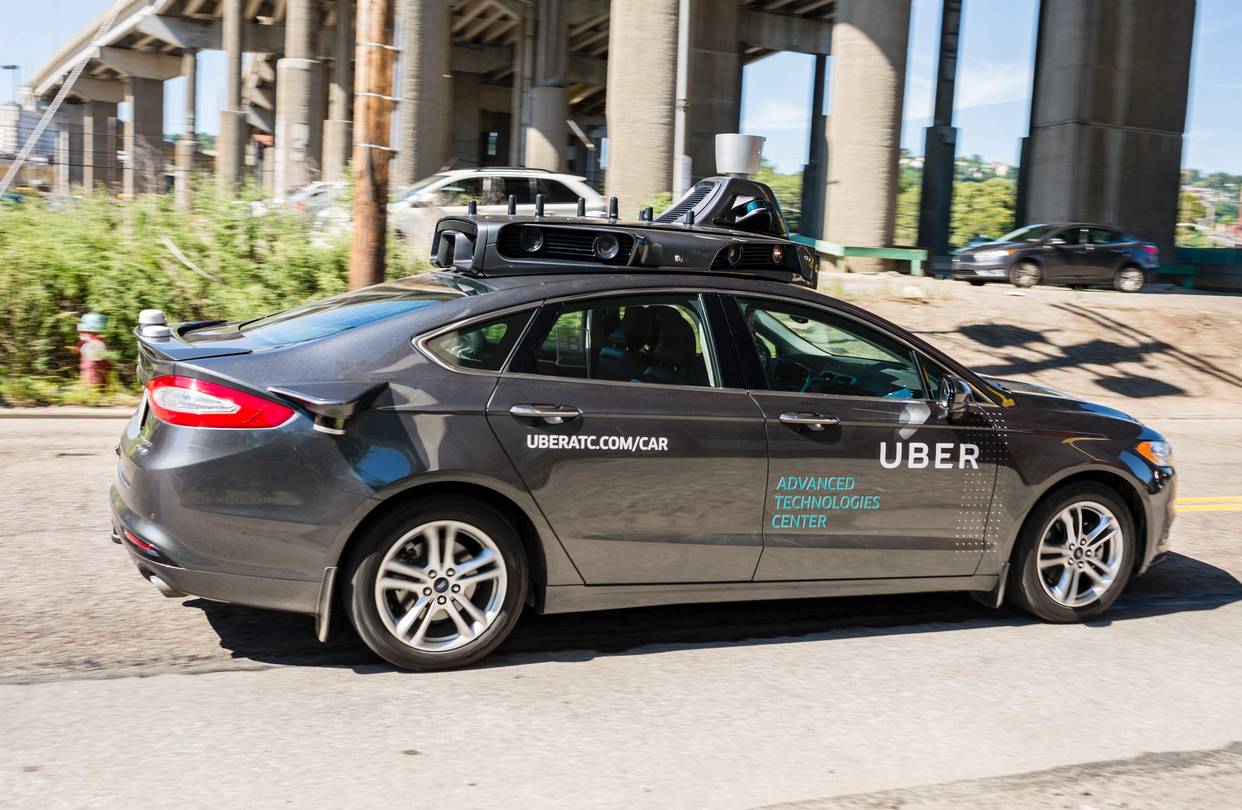I took my first ride in a self-driving car nearly a decade ago. Like many who step into this technological frontier, I was struck with awe at the realization that machines had learned a skill once reserved exclusively for humans.
Over the past 10 years, I have followed the high-speed race to integrate self-driving cars into everyday American life.
And throughout that time, one thing became increasingly clear: while self-driving cars are remarkably agile indeed, awe-inspiring they still fall short of matching the capabilities of the human brain. They still do.
My years of reporting led to an article my colleagues and I published last week, exploring how driverless cars still rely on human intervention.
Thanks to the multimedia expertise of Jason Henry, Ben Laffin, and Rebecca Lieberman, the article illustrates that while today’s robot taxis operate without drivers behind the wheel some don’t even have steering wheels they still depend on the judgment of people like you and me.
In April, my colleague Yiwen Lu and I visited a command center in Foster City, California, operated by Zoox, a self-driving car company owned by Amazon.
Like other autonomous vehicle services, Zoox’s self-driving cars sometimes struggle to navigate the world entirely on their own, so they receive remote assistance from human technicians stationed in a spacious room at the command center.
In some cases, a technician lends a helping hand to a robot taxi located hundreds of miles away.
For example, if a Zoox vehicle encounters a construction zone it has never encountered before, a technician at the command center is alerted.
Using a computer mouse, they draw a new path across a digital map on their screen, guiding the vehicle safely around the obstruction.
To truly grasp this process, you need to see it in action. Fortunately, I work alongside Jason, Ben, and Rebecca, who helped bring this experience to life through visuals.
For years, I had spoken with industry insiders about the hidden role of human assistance in self-driving technology, but I had never witnessed it firsthand until I stepped into the Zoox command center.
Companies like Waymo (owned by Alphabet, Google’s parent company) and Cruise (owned by General Motors) have long avoided discussing the remote support they provide to their self-driving fleets.
This secrecy is standard practice in Silicon Valley. By presenting an illusion of full autonomy, companies generate excitement about their technology, which helps them attract the billions of dollars needed to develop a commercially viable robot taxi service.
When I took my first ride in a self-driving car in the mid-2010s, a Waymo vehicle, the hype surrounding the technology was at its peak.
Across the industry, executives confidently predicted that autonomous cars would become mainstream by 2020. Tesla CEO Elon Musk went even further, suggesting the milestone would arrive even sooner.

Needless to say, those predictions did not pan out.
As companies tested self-driving cars on public roads and occasionally invited industry insiders and reporters like myself for rides they always kept a human behind the wheel as a safeguard.
These individuals, referred to as “safety drivers,” were rarely required to intervene, according to the companies. Executives assured the public that these human backups would soon be obsolete.
Tesla, meanwhile, introduced what it called “Full Self-Driving” technology. But owners who purchased and activated the system were legally required to keep their hands on the wheel and their eyes on the road, prepared to take control at any moment.
Musk insisted that this safety requirement would soon be unnecessary.My reporting suggested otherwise.
And as companies like Waymo and Cruise began removing safety drivers from their vehicles, I saw the technology’s limitations firsthand.
In the fall of 2022, Jason and I rode in a Cruise vehicle without a safety driver, only for it to get stuck mid-turn on a busy San Francisco street. We had to exit the car and request a replacement ride.
A few weeks later, I spent a day in a Tesla with Chuck Cook, a Jacksonville, Florida, resident who regularly tested the company’s Full Self-Driving software.
The system failed to live up to its name. In a recorded moment, you can hear me yelp in surprise as the car unexpectedly veers into a motel parking lot—forcing Chuck to grab the wheel.
Today, Waymo operates driverless taxis in cities like San Francisco and Phoenix, open to the general public.
Other companies, including Zoox, are working to catch up. Zoox is currently testing a vehicle in Foster City and Las Vegas that has no steering wheel, no driver’s seat, and no gas pedal.
But don’t be misled self-driving cars still struggle with unpredictable real-world situations. City streets are dynamic environments where unexpected obstacles can appear at any moment.
Machines may be sophisticated, but they are not yet as adaptable as humans in navigating the unforeseen. We can process and react to unexpected events in ways that self-driving cars simply cannot.
These moments of failure may be rare, but that is beside the point. The point is: they happen.
That is why every robot taxi company operates command centers like the one I visited in Foster City. Human intervention remains crucial.
After more than a decade of covering self-driving cars and artificial intelligence more broadly one lesson stands out: these technologies are never as advanced as they first appear.
When we observe machines mimicking human behavior, we subconsciously assume they can do everything we can.
But we should give ourselves more credit. In comparison to these machines, our brains are far more powerful than they might seem.

